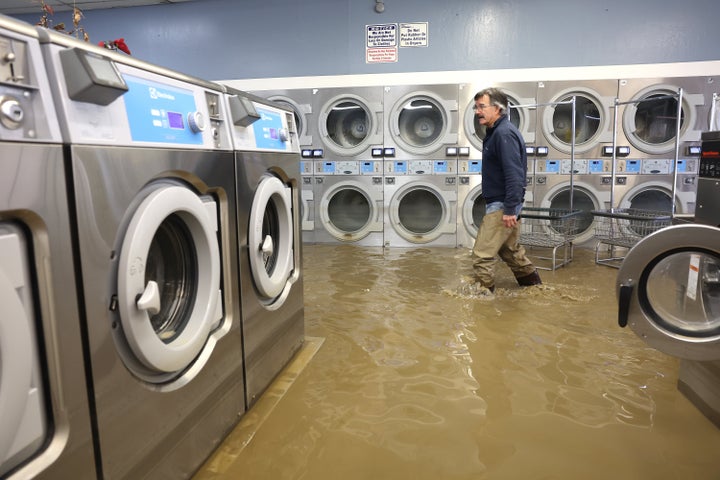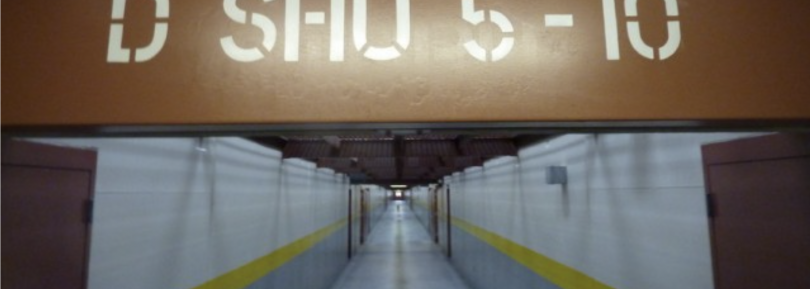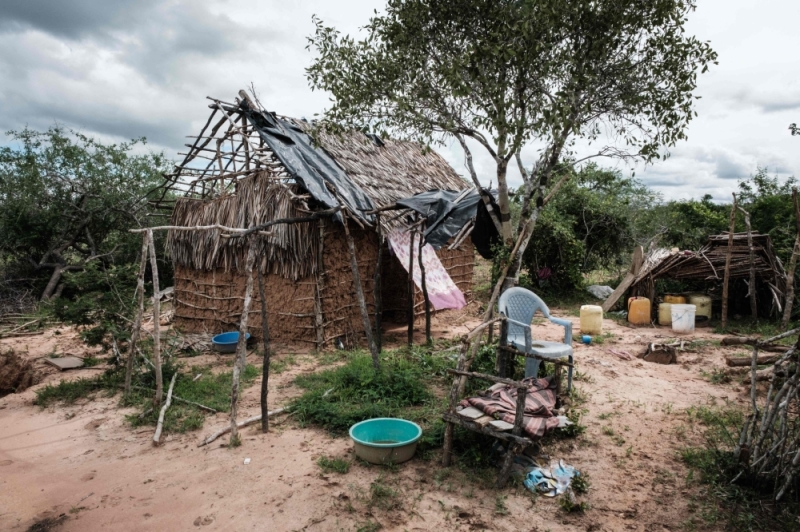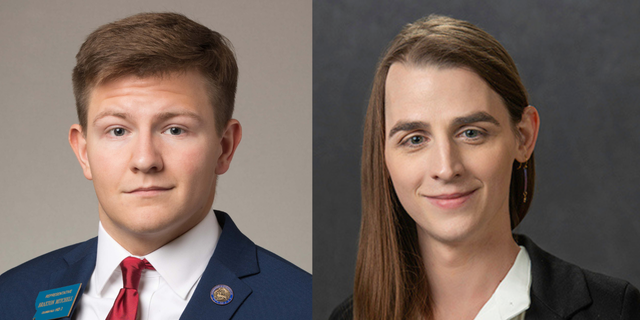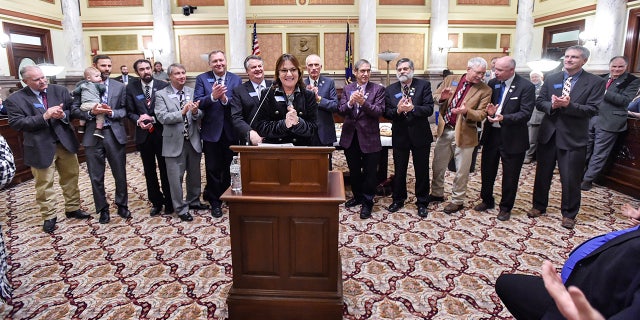BLast year, California’s State Legislature passed a bill that prohibited solitary confinement for a list of people who are at higher risk for its harms: people with mental or physical disabilities, people who are pregnant, under 26 years old, or over 59 years old.
In addition, Assembly Bill 2632, known as the California Mandela Act, followed the United Nations’ recommendation that no one be held in isolation for more than 15 days in a row or more than 45 days within a six month period.
““Solitary confinement is a harsh measure which is contrary to rehabilitation, the aim of the penitentiary system,” said Juan E. Méndez, the UN’s Special Rapporteur on torture. “Segregation, isolation, separation, lockdown, Supermax, the hole, Secure Housing Unit… whatever the name, solitary confinement should be banned,” he said.
When AB2632 passed both houses in the state legislature, it was considered to be a large step forward. But, a month later, Gavin Newsom vetoed the legislation. Now, although the bill has returned in the new 2023 session in the form of AB 280, at the moment, its future doesn’t appear to be very bright.
California isn’t the only state to take one step forward in eliminating solitary confinement only to take that step back again. In Massachusetts, inmates filed a class action lawsuit against the state’s department of corrections because it allegedly failed to implement their new law addressing the topic. In New York City, the promise to end solitary confinement as the city knew it was retracted when newly elected Mayor Eric Adams issued an executive order last July that stopped the new rules from taking effect.
Even if the backtracking isn’t explicit, states find ways around restrictions against placing prisoners in isolation. New Jersey’s Isolated Confinement Restriction Law went into effect in 2020, limiting segregation terms to 20 days or no more than 30 days in a 60 day period. Those 20 days are five more than the 15 day limit established in what is known as the Mandela rules – the United Nations Standard Minimum Rules for the Treatment of Prisoners adopted by the UN General Assembly in 2015 to provide guidelines for the treatment of prisoners and to ensure that their rights are protected.
Even with those restrictions in place, New Jersey women still landed in “Restorative Housing,” a rebrand of the same old solitary, for long periods of time.
In many ways, it was California that taught us the lesson that, on the matter of solitary, even when fundamental reforms appear to be achieved, that achievement is tentative in nature.
In 2012, the Center for Constitutional Rights filed a federal class action suit against the state for its extreme use of solitary confinement in the Security Housing Unit (SHU) at Pelican Bay State Prison where people spent a decade or far more in solitary. The 2015 settlement of Ashker v. Governor of California ended indefinite stays in solitary — or at least it was supposed to.
Within one year, the number of people in indefinite isolation went down 99 percent, but then bounced back when guards and administrators wielded the state’s prison discipline system against people to send them back to solitary. The reasons were often both trivial and often not even close to conclusive, such as if an informant said they knew someone who may or may not be a member of a prison gang.
The Ashker attorneys continue to find themselves in post-settlement battles in which plaintiffs seek to enforce the agreement.
For example, a little over a year ago, on March 3, 2022, Senior U.S. District Court Judge Claudia Wilken found that, for more than five years, high-level California Department of Corrections and Rehabilitation (CDCR) officials used solitary to retaliate against Todd Ashker because of his prominent role in the lawsuit that bears his name.
The irony is that maintaining these practices causes more harm than it prevents. Studies found that violence within prisons went down after significant reduction in restrictive housing.
Yet the practice persists in every state in the country. According to an August 2022 report released by the Arthur Liman Center for Public Interest Law, 25,083 U.S. residents live in restrictive housing. Yet, that number is likely much higher in that the Liman Center study accounts only for 68% of the 50 states. The study’s authors estimate that, in reality, as many as 48,000 people are held alone in a cell for more than 22 hours every day.
And 25% of these people have been confined alone, in a parking space-sized cell for more than a year.
Such torture isn’t evenly distributed among those livin facilities. This month, a study conducted by New York State Inspector General Lucy Lang reported that racial disparities worsened After a 2015 New York Times investigation identified disturbing race-based differences in how white and Black prisoners were sanctioned, New York State Inspector General Lucy Lang instituted her own expanded study on the matter, which was released in November 2022. The new report, not only validated the NYT findings, it found that racial the disparities in the frequency and severity that incarcerated people were sanctioned (which included being put in solitary) was worse than the 2015 investigation had found, Furthermore, the disparities continued to widen in the years between 2017 and 2020.
Meanwhile, another investigation released in 2018 by the partnership of NPR and the Medill School of Journalism at Northwestern University, concluded that women were disciplined twice as often as men were and the disparity included being put in solitary.
It’s a grim picture, but Judith Resnik, the Arthur Liman Professor of Law at Yale Law School, finds reason for optimism..
“I am modestly optimistic that over the decades — we’re moving in decades — the idea of solitary will seem increasingly bizarre and utterly outside the bounds,” she told me. “We’re far from there. But it’s more on the table than it was.
When she and her colleagues began their reports on the issue in 2012,” said Resnick, some officials even objected to the term solitary confinement.
“The people who run prisons didn’t like that word,” she said. “Now our newest data has four jurisdictions that say they have no one [in solitary] for 15 days or more.
Resnick’s not wrong. In 2014, 80,000 to 100,000 were held in this type of confinement. Now, more than eight years later, the country has halved the number of people it tortures through enforced segregation.
But those 41,000 to 48,000 individuals who are still in isolation don’t always have decades to wait. The longer they stay in this state the higher the likelihood of damage that could be life ending.
According to the authors of a study released in October 2020 by researchers at University of North Carolina, Emory University, and the North Carolina Departments of Public Safety and Public Health, any amount of time spent in solitary confinement more than doubles the risk of death for people recently released from prison. This includes deaths by suicide, homicide, and opioid overdose.
On any given day in the United States, the study’s authors further noted, over 10,000 incarcerated individuals are released directly from solitary confinement into their communities.
****
Author Chandra Bozelko is an expert on a broad number of issues related to criminal justice reform. She also has personal experience with the topic.
A magna cum laude graduate of Princeton University, Bozelko was in the middle of postgraduate study in law and public health when she was arrested for non-violent crimes that remain on appeal. She served more than six years at the York Correctional Institution, Connecticut’s state-run women’s prison.
While locked up, Chandra was the first inmate to write a regular newspaper column from behind bars. Her prize winning column, “Prison Diaries,” has been followed, since her release, by a book of poetry, and commentary for such publications as The Wall Street Journal, The New York Times, The New York Times Magazine, USA Today, US News and World Report, The Los Angeles Times, The Washington Post, Elle, Ms. Magazine, The Guardian and more. As she wrote, Bozelko continued to gather prizes.
Now Chandra Bozelko is writing a regular column for WitnessLA called “Inside Job.”
The reporting for this 3-part series was done in fulfillment of Solitary Confinement: Unfinished Business Fellowship sponsored by the Jacob and Valeria Langeloth Foundation at the Center on Media, Crime and Justice at John Jay College.

